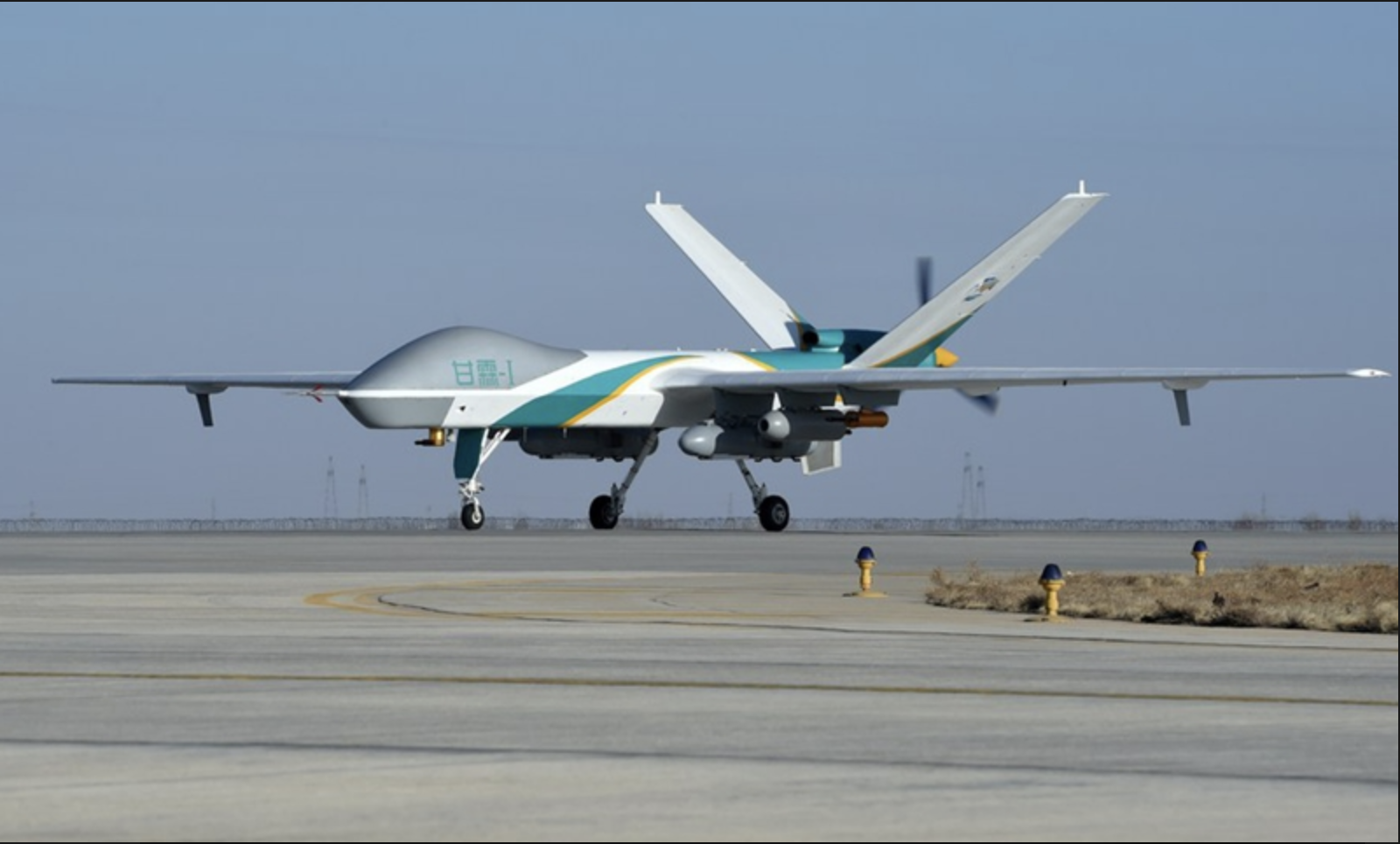
Ganlin-1, Xinhua/Fan Peishen.
China deployed a large UAV in early January for generating artificial precipitation in northwest China’s Gansu Province, with the aim of boosting ecological protection. The flight of Ganlin-1 (“sweet rain” in Chinese) marks the launch of a UAV-based weather-modification system.
During its 40-minute inaugural flight, Ganlin-1 conducted atmospheric detection and catalyst spreading to generate precipitation. The UAV is capable of long-range atmospheric sounding, air-data acquisition and catalyst seeding for precipitation enhancement, according to its developers.
It can fly for long periods in challenging weather conditions due in part to its anti-icing and de-icing features. It also has a large carrying capacity and extensive data collection capabilities.
Part of its mission in Gansu Province will be protection of the Qilian Mountains, where glaciers and snow resources are shrinking due to global warming.
“The use of UAVs for precipitation enhancement will help increase the ice and snow reserves, promote the ecological restoration and protection of the Qilian Mountains, and mitigate water shortage in parts of Gansu Province,” said Wang Chenghai, a professor from the college of atmospheric sciences at Lanzhou University.
Ganlin-1 was jointly developed by Gansu Meteorological Bureau, Chengdu Aircraft Design and Research Institute of AVIC, and AVIC (Chengdu) Unmanned Aircraft System Co. Ltd.
[Image Xinhua/Fan Peishen]






